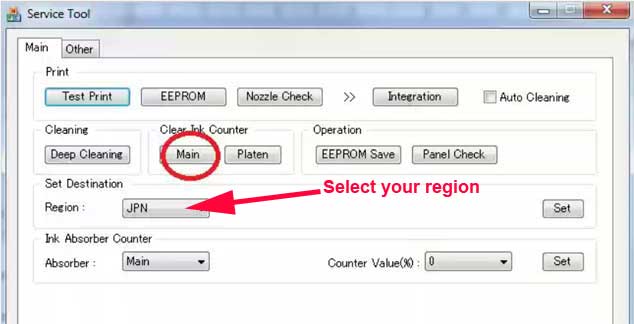

The graphical editor in Aimsun Next has been designed to support the user in building the road network model. Statistical Comparison with observed data.Dynamic Checks on a running simulation.Static Checks Build the model of the road network and statically verify it.This outline of model calibration will discuss 4 stages: Transport for London (UK) TfL Modelling Guidelines Which set out modeling and audit guidance for transport assessments.Ī review of guidelines can be found in the Multitude Project Case for Guidelines.
 FHWA (USA) Traffic Analysis Toolbox Section 3 in particular covers the use of microsimulation tools. Numerous guidelines exist to aid modelers in meeting the expectations of their stakeholders in building models. However, there is a process in building a model and there are appropriate actions taken to calibrate it at each step. Car following, lane change, gap acceptance, etc.Īll of these components interact and none should be taken in isolation to calibrate and validate a network. The dynamic traffic assignment models which control route choice. Time-sliced OD matrices for each vehicle class. Input flow patterns at input sections to the road model and turn percentages at intersections. The inclusion of traffic management schemes controlling vehicle speeds, turns allowed, and traffic signal control schemes (phasing, timings, offsets) and the associated roadside detectors, traffic signals, and Variable Message Signs. The geometric representation of the road traffic network, the road sections, the junctions, and the turning movements. The main components of a traffic microsimulation model are:
FHWA (USA) Traffic Analysis Toolbox Section 3 in particular covers the use of microsimulation tools. Numerous guidelines exist to aid modelers in meeting the expectations of their stakeholders in building models. However, there is a process in building a model and there are appropriate actions taken to calibrate it at each step. Car following, lane change, gap acceptance, etc.Īll of these components interact and none should be taken in isolation to calibrate and validate a network. The dynamic traffic assignment models which control route choice. Time-sliced OD matrices for each vehicle class. Input flow patterns at input sections to the road model and turn percentages at intersections. The inclusion of traffic management schemes controlling vehicle speeds, turns allowed, and traffic signal control schemes (phasing, timings, offsets) and the associated roadside detectors, traffic signals, and Variable Message Signs. The geometric representation of the road traffic network, the road sections, the junctions, and the turning movements. The main components of a traffic microsimulation model are: 
A statistical comparison with the actual measurements is then used to determine whether the desired accuracy in reproducing the system behavior is achieved. To validate the traffic simulation model, the simulator should be able to emulate the traffic detection process and produce a series of simulated observations. In traffic systems, the behavior of the actual system is usually defined in terms of the traffic variables, flows, speeds, occupancies, queue lengths, and so on, which can be measured by traffic detectors at specific locations in the road network.







 0 kommentar(er)
0 kommentar(er)
